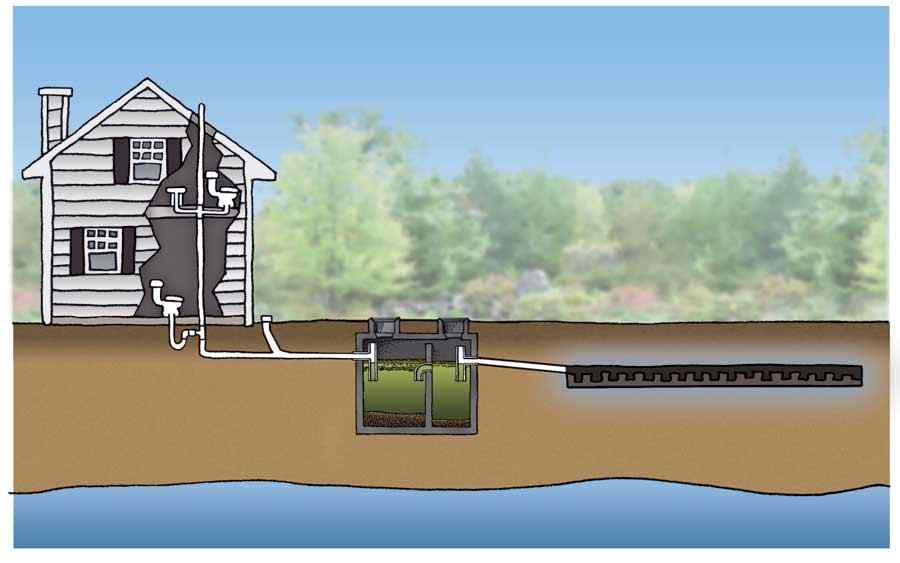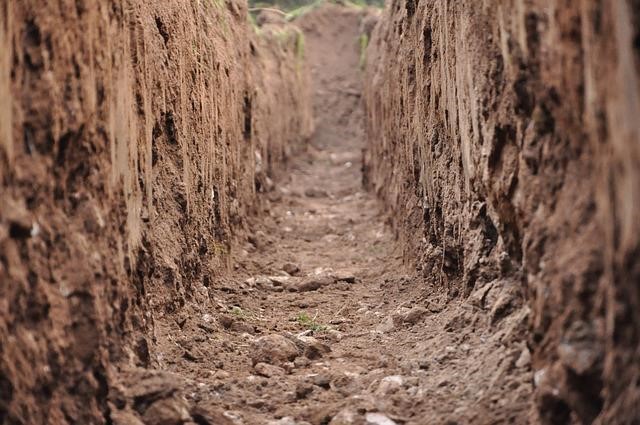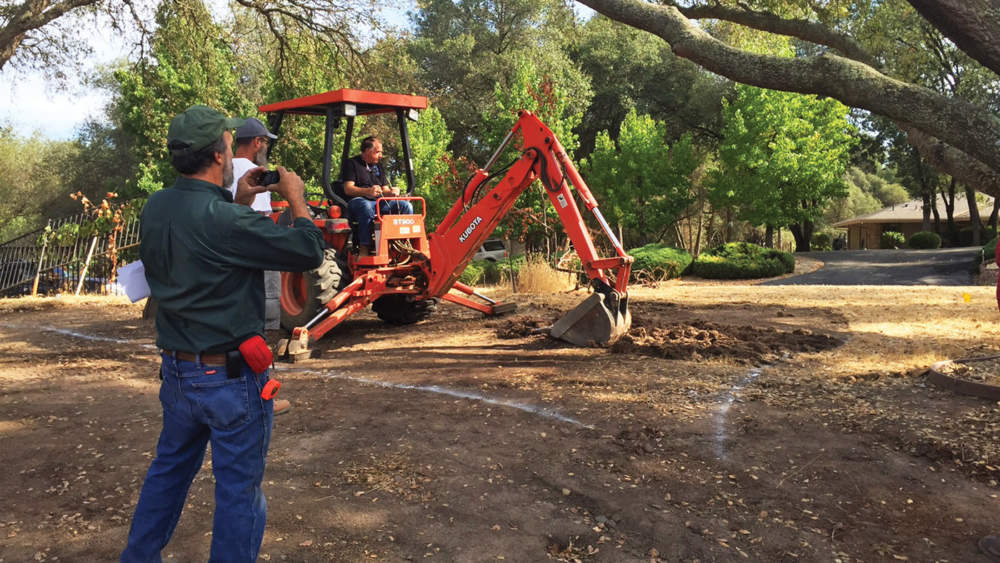Proper ventilation is vitally important with any septic systems. Unfortunately, almost every homeowner has at some point smelled the “rotten egg” odor associated with the seeping septic gases that result from improper ventilation. Fortunately, NexGen Septics are here with some ventilation advice to help you avoid this discouraging situation.
Septic Tank Overview
Most septic tanks consist of a large concrete, steel, fiberglass, or poly container of around 1,000 gallons in volume. They are traditional buried underground near a house or commercial building. Connected to this tank are the pipes and toilets located in the nearby structure. When someone in the building flushes a toilet, the waste travels through the pipes and into the tank, where it settles at the bottom and decomposes. Meanwhile, the water flows to the local water treatment facility or a drain field.
A Septic Tank’s Vent
When empty, the septic tank is nothing more than a huge underground cavity that’s comprised mostly of air. The tank and its plumbing system are sealed, which means the air inside is trapped. However, as the tank fills with waste and water run-off, the air needs somewhere to go – otherwise, the pressure it creates will halt the flow of waste and back up the toilets, etc. in the adjacent home. This is why proper venting of a septic tank and the system are crucial. All of the gases are to be vented back through the house and out of the vents in the roof. Eliminating the odors that are often associated with a failing system or lack of ventilation.
Ventilation Speed
Since septic tanks function using gravity and nothing else, the frequency and speed with which air is ventilated depends on how fast the tank fills up – or on the flipside, dries out. But as long as the air has somewhere to go, flowage from the structure to the tank will continue like clockwork (absent some other form of blockage).
Odor Control
Since the odor coming from a septic tank is usually not a chronic problem, some people living or working in the vicinity of a tank are content to deal with periodic foul odors, as long as the system works. However, there are just as many people who would rather not indulge the smell, ever. For this group there are a few odor-control options:
Increasing The Vent Pipe’s Height
As mentioned earlier, the ventilation pipe is responsible for ventilating the air and gases from inside the septic tank. Increasing the height of this pipe makes it possible to release the odors at a higher level, one that ideally sees the ventilated air blown over the structure on a windy day.
Pruning Nearby Trees
Homes and buildings located in wooded areas can sometimes see this natural beauty work against them, in the form of the trees blocking dispersal of the ventilated air and gas. The solution to this problem is to prune nearby trees to open up better “ventilation paths” around the septic system.
Charcoal Vent Filter
This inexpensive solution involves attaching charcoal vent filter to the top of the existing ventilation pipe. A charcoal filter allows air and gases to continue passing through but removes the odor that accompanies them. This vent can also be attached to the home/business’s rooftop ventilation pipe, which serves as a secondary septic ventilation system, pulling odors up and out of the home and doing so above the roof line.
Contact NexGen Septics
For all of your septic system needs, contact NexGen Septics in Rocklin, CA. As a provider of some of the industry’s most advanced septic systems, our experienced team provides insight into septic system installation, maintenance, odor removal, and much more.




